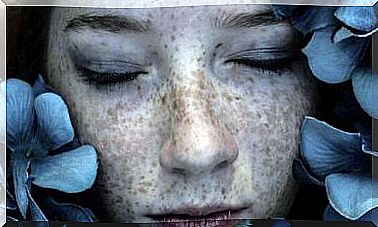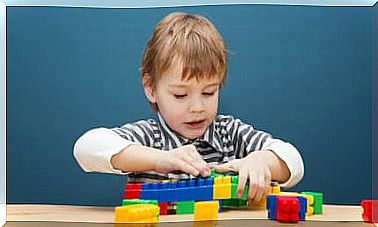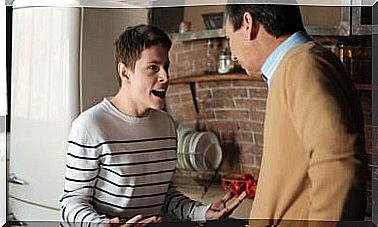The Magic Of Order Or Awareness Of What We Possess

It is often said that order is the pleasure of reason, but disorder the delight of the imagination. However, for the Japanese, the art of ordering a certain space can also force us to make a deep reflection on what we have and on the need to keep only what excites us, what is really useful and brings us joy and well-being.
If there is someone who in recent years has achieved remarkable success in teaching us to organize a closet or a room, it is undoubtedly Marie Kondo. With her successful book “The Magic of Order” this Japanese woman has already been included among the 100 most important people in the world according to the magazine “Times”, even rivaling in sales with another compatriot of hers, Haruki Murakami.
It should be said, without a doubt, that there is something hypnotic about the so-called Konmari method that this best-selling guru proposes. It is simple, it is drastic, it starts with the smallest things to finish with the largest and, above all, it reminds us that objects also have a “soul” and that we must talk to them to thank them for the services they have provided and then say goodbye. solemnly if we are to do without them.
For the vision of a Westerner, this approach may seem somewhat shocking and even ironic. Most of us accumulate so many things, so many objects, souvenirs, clothes, books and tons of papers that if we proceeded to perform such a ritual we would need a lifetime to tidy up our house. However, curious as it may seem, this vision has captivated everyone and, in some way, has also helped us to

The magic of order and the stimulus of disorder
If there is something we all know, it is that the environments where order inhabits calm, discipline and rectitude are transmitted. It is as if orderly environments, in some way, invite us in turn to generate behaviors according to that balanced disposition. However, and here comes the singularity of the subject, is that according to a study carried out at the University of Minnesota, the work settings where disorder lives in their objects or decoration induce creativity in almost 70% of their workers.
It is as if disorder invites us to novelty, to break with the established, to find new stimuli, challenges, challenges. .. Does it mean then that the approach proposed to us from Japan is wrong … that this order, which Marie Kondo tries to sell us, What it generates after all in us is perhaps submission, rectitude and a little flexible thinking? Absolutely, .
The Konmari method invites us to improve our lives through the “renewal” of our closest and familiar contexts. It is, therefore, much more than limiting ourselves to ordering a closet or a living room: it is cleaning our reality to find an adequate internal well-being. We are facing an intimate ceremony where we activate our emotions, where we go a step beyond the simple “katakuze” (cleaning and ordering in Japanese) to reach a spiritual plane.

Keys to the Konmari method
There are people who have a natural and almost obsessive tendency towards order, others towards chaos. We all know it, however, the magic point of this strategy is in that intermediate space where we can balance both forces, where we can meet again and feel comfortable without going to extremes. Thus, the ideal is to adjust the Konmari method to our needs and particularities.
For example, it is clear that instead of talking to objects and seeing them as beings endowed with a soul, the most appropriate thing is to communicate with ourselves. “I let go of this personal notebook because it was very useful and very cathartic at a time when I was having a hard time. Now my reality is different, now I am fine, I have already turned the page and I can let go of it ”.
Next, we suggest you reflect on the main points suggested by Marie Kondo with her method.
- Discarding is essential: we must stop clinging to material things.
- Save only what brings you joy.
- Sort by categories, not by areas (we should not limit ourselves to ordering a specific room, it is appropriate to start with all the clothes, then with books, then papers, documents …).
- If possible, do it all at once.
- Treat your objects with respect, say goodbye to them.
- Empty shoe boxes can be very useful to us.
- Order alone, you should see this exercise as a private act.
- If there is something that is difficult for you to let go of, think if it is really useful to you in the present: there you have the answer.

To conclude, the concept of order for Marie Kondo is in the utility, in the positive feeling that objects give us and in the need to find that external harmony that is in turn in tune with our interior. A house is not limited to being a single space of storage units, a home is a setting where balance must inhabit and above all, happiness.









